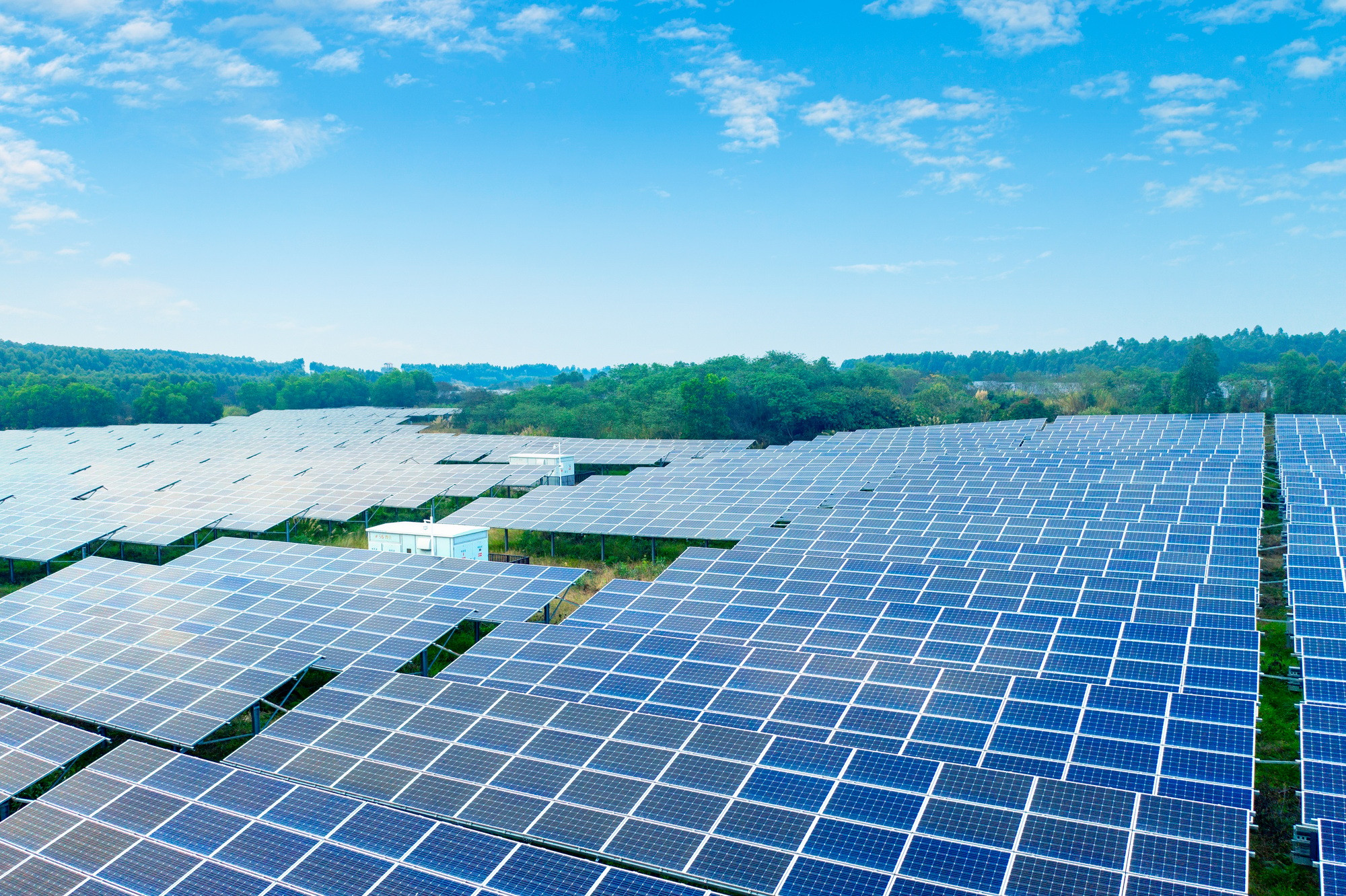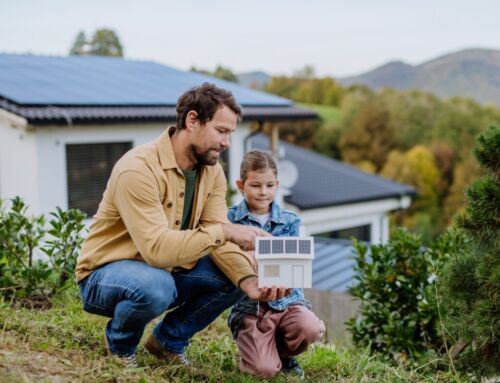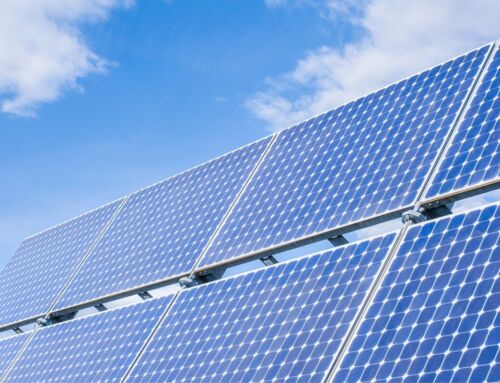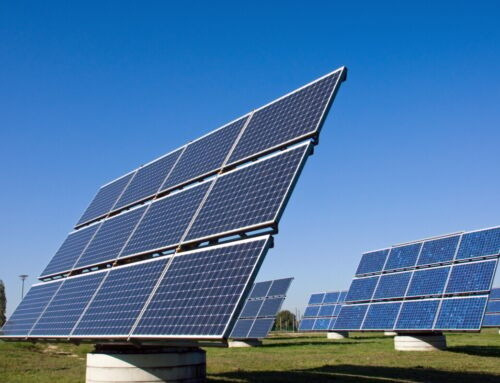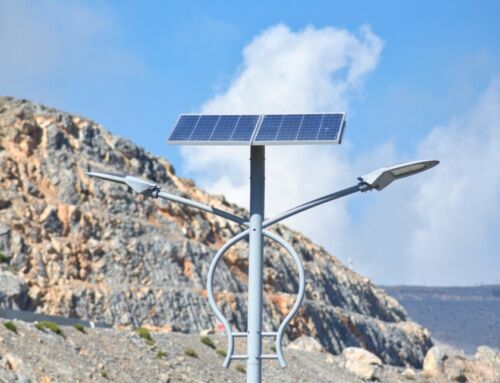Essential Solar Wiring and Cable Components
When diving into the world of solar energy, understanding the essential components of solar wiring and cables is crucial. Imagine setting up a solar power system only to find it underperforming due to improper wiring. That’s a common problem many face, but with the right knowledge, you can ensure your system runs efficiently. This section promises to demystify the key components involved in solar wiring and cables, helping you make informed decisions for a seamless solar experience.
Key Components of Solar Wiring and Cables
- Solar Cables: These are specially designed to withstand UV radiation and extreme weather conditions, ensuring durability and safety.
- Connectors: Essential for linking solar panels, connectors must be robust and weather-resistant to maintain a stable connection.
- Inverters: Convert the direct current (DC) generated by solar panels into alternating current (AC) for home use.
- Junction Boxes: These protect and organize the wiring connections, preventing potential hazards. By understanding these components, you can optimize your solar setup, ensuring it operates safely and efficiently. Transitioning to solar power becomes a smoother journey when you know what to expect from your solar wiring and cables.
How to Choose the Right Solar Wiring for Your System
When it comes to setting up a solar energy system, understanding the essential solar wiring and cable components is crucial. Without the right wiring, even the most efficient solar panels can underperform, leading to energy loss and potential safety hazards. The good news is that by choosing the right solar wiring and cables, you can ensure your system operates efficiently and safely, maximizing your investment. Let’s explore the key components you need to consider.
Key Components of Solar Wiring
- Solar Cables: These are specifically designed to withstand UV radiation and extreme weather conditions. They connect solar panels to the inverter and battery storage, ensuring a stable energy flow.
- Connectors: Reliable connectors are vital for maintaining a secure and efficient connection between panels and other components.
- Fuses and Breakers: These protect your system from overloads and short circuits, ensuring safety and longevity. By focusing on these components, you can tailor your solar wiring to meet your system’s specific needs, ensuring optimal performance and safety.
Exploring Different Types of Solar Cables and Their Uses
In the world of solar energy, understanding the essential components of solar wiring and cables is crucial for anyone looking to harness the sun’s power efficiently. The problem many face is navigating the myriad of cable types and their specific uses, which can be overwhelming. But fear not! By the end of this section, you’ll have a clear grasp of the different types of solar cables and their uses, ensuring your solar setup is both safe and effective.
When it comes to solar wiring and cables, the first type to consider is the photovoltaic (PV) wire. PV wires are specifically designed to connect solar panels to the inverter or combiner box. They are known for their durability and ability to withstand harsh weather conditions, making them ideal for outdoor use. These wires are typically single-conductor and insulated to prevent electrical faults.
Another essential component is the solar DC cables, which are used to connect the solar panels to the charge controller and battery bank. These cables are crucial for ensuring the efficient transfer of electricity generated by the solar panels. Additionally, solar AC cables are used to connect the inverter to the electrical grid or home appliances, facilitating the conversion of DC to AC power. Each type of cable plays a vital role in the overall functionality and safety of a solar power system.

Ready to take the next step? Discover how solar energy can elevate your home and reduce those energy bills. Request a Free Solar Estimate at NEW SOLAR QUOTE
Why Quality Matters: The Importance of Durable Solar Wiring
In the world of solar energy, the phrase “solar wiring and cables” might not immediately grab your attention, but these components are the unsung heroes of any solar power system. Imagine investing in a state-of-the-art solar panel setup, only to find that subpar wiring leads to inefficiencies or even system failures. The problem is clear: without quality solar wiring and cables, your entire investment could be at risk. The promise? By choosing durable and reliable components, you ensure the longevity and efficiency of your solar power system.
Essential Components of Solar Wiring and Cables
- Conductors: These are the lifelines of your solar system, carrying electricity from the panels to the inverter and beyond. High-quality copper or aluminum conductors are essential for minimizing resistance and maximizing efficiency.
- Insulation: Protects the conductors from environmental factors such as UV rays and moisture. Durable insulation ensures long-term performance and safety.
- Connectors: These small but crucial components ensure a secure and stable connection between different parts of the system. Opt for connectors that are resistant to corrosion and wear. By understanding and investing in these essential components, you can safeguard your solar system’s performance and longevity.
How to Properly Install Solar Wiring and Cables for Maximum Efficiency
Are you ready to harness the power of the sun? Installing solar wiring and cables is a crucial step in setting up an efficient solar energy system. However, many people struggle with understanding the essential components needed for a successful installation. Fear not! This guide will walk you through the key elements of solar wiring and cables, ensuring your system runs smoothly and efficiently.
Essential Components of Solar Wiring and Cables
To start, it’s important to know the basic components involved in solar wiring and cables. These include photovoltaic (PV) cables, which connect solar panels to inverters, and grounding wires, which ensure safety by preventing electrical faults. Additionally, junction boxes are used to protect connections from environmental damage, while connectors and fuses help maintain a stable flow of electricity. Each of these components plays a vital role in ensuring your solar system operates at peak performance.
Tips for Efficient Installation
Proper installation is key to maximizing the efficiency of your solar wiring and cables. Begin by planning the layout to minimize cable lengths, reducing energy loss. Use high-quality, weather-resistant materials to withstand environmental conditions. Finally, ensure all connections are secure and well-insulated to prevent energy leakage. By following these steps, you can optimize your solar energy system for long-term success.
Common Mistakes to Avoid When Setting Up Solar Wiring Systems
When diving into the world of solar energy, understanding the essential solar wiring and cable components is crucial. Many enthusiasts are eager to harness the sun’s power but often overlook the importance of proper wiring. This oversight can lead to inefficiencies or even system failures. By focusing on the right components and avoiding common pitfalls, you can ensure a seamless and efficient solar setup.
Choosing the Wrong Cable Size One of the most frequent mistakes is selecting the incorrect cable size. Solar wiring and cables must be appropriately sized to handle the current without overheating. Using cables that are too small can lead to energy loss and potential hazards. Always consult with a professional or refer to manufacturer guidelines to determine the correct cable size for your system.
Neglecting Proper Connections Another common error is neglecting the quality of connections. Poorly connected solar wiring and cables can result in energy inefficiencies and increased resistance. Ensure all connections are secure and use appropriate connectors designed for solar systems. Regularly inspect and maintain these connections to prevent any long-term issues.
Troubleshooting Solar Wiring Issues: Tips and Tricks
When it comes to harnessing the power of the sun, understanding the essential solar wiring and cable components is crucial. These components form the backbone of your solar energy system, ensuring efficient energy transfer and system reliability. However, even the best systems can encounter issues. The good news? With a little know-how, you can troubleshoot common solar wiring problems and keep your system running smoothly.
Key Components of Solar Wiring and Cables
To effectively troubleshoot, it’s important to know the key components involved in solar wiring and cables. These include:
- Solar Panels: The starting point of energy collection.
- Inverters: Convert DC to AC power.
- Charge Controllers: Regulate battery charging.
- Cables and Connectors: Ensure safe and efficient energy transfer.
Each component plays a vital role, and understanding their functions can help you pinpoint issues more accurately. Common Solar Wiring Issues and Solutions Solar wiring and cables can face issues like loose connections, corrosion, or damaged insulation. To address these, regularly inspect your system for visible wear and tear. Tighten any loose connections and replace corroded parts promptly. Using quality materials and proper installation techniques can also prevent many common issues, ensuring your solar system remains efficient and reliable.
How NewSolarQuote Can Help You with Your Solar Wiring and Cable Needs
Are you diving into the world of solar energy and feeling overwhelmed by the technicalities of solar wiring and cables? You’re not alone. Many solar enthusiasts find themselves puzzled by the essential components needed to ensure a safe and efficient solar setup. But don’t worry—NewSolarQuote is here to guide you through the maze of solar wiring and cable components, ensuring you have everything you need for a seamless solar experience.
Essential Components of Solar Wiring and Cables
- Solar Cables: These are the lifelines of your solar system, connecting solar panels to inverters and batteries.
They must be durable and weather-resistant to withstand outdoor conditions.
- Connectors: Reliable connectors ensure a secure and efficient transfer of electricity between components, minimizing energy loss.
- Fuses and Breakers: These safety devices protect your system from overloads and short circuits, ensuring longevity and safety. At NewSolarQuote, we offer a comprehensive range of high-quality solar wiring and cables tailored to meet your specific needs. Our expert team is ready to assist you in selecting the right components, ensuring your solar system is both efficient and reliable.
Take action today! Save money and protect the planet by going solar. Schedule your no-cost consultation now. Book Your Free Consultation at NEW SOLAR QUOTE
Want to see all your options? Head to FREE SOLAR QUOTES for a closer look at our solar offers.

